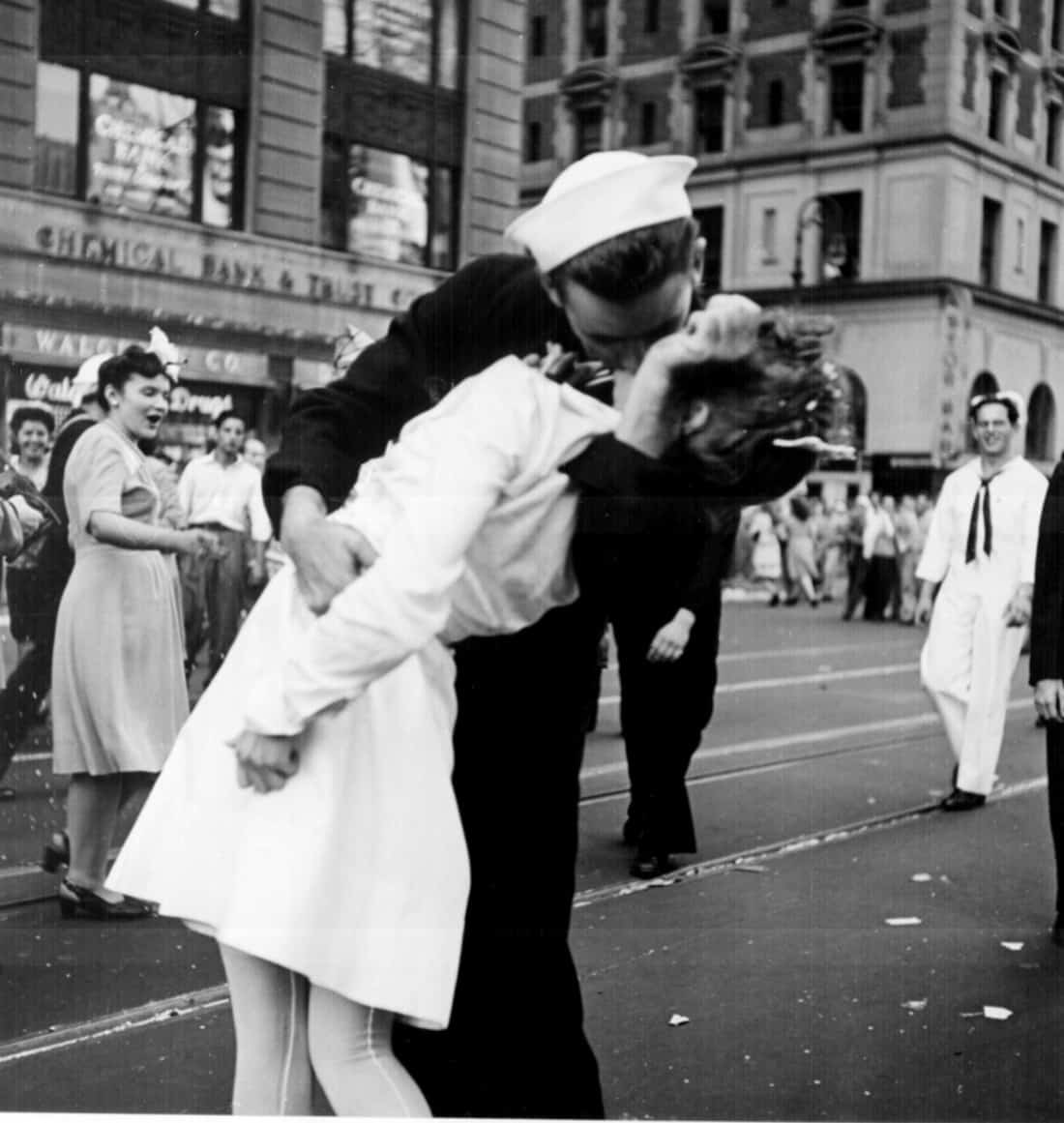Everything about Framing Streets
Everything about Framing Streets
Blog Article
8 Simple Techniques For Framing Streets
Table of ContentsThe 6-Second Trick For Framing StreetsThe Definitive Guide for Framing StreetsThings about Framing StreetsRumored Buzz on Framing StreetsFraming Streets Things To Know Before You BuyFacts About Framing Streets Revealed
, generally with the objective of catching photos at a decisive or touching minute by careful framing and timing. https://www.intensedebate.com/people/framingstreets1.
The 6-Minute Rule for Framing Streets
Susan Sontag, 1977 Road digital photography can concentrate on individuals and their habits in public. In this regard, the street photographer is similar to social docudrama digital photographers or photographers who likewise operate in public areas, however with the objective of capturing relevant occasions. Any one of these professional photographers' photos may capture people and residential or commercial property noticeable within or from public locations, which commonly involves browsing moral concerns and legislations of privacy, safety and security, and building.
Representations of daily public life develop a category in virtually every period of globe art, beginning in the pre-historic, Sumerian, Egyptian and very early Buddhist art periods. Art managing the life of the road, whether within views of cityscapes, or as the dominant concept, shows up in the West in the canon of the Northern Renaissance, Baroque, Rococo, of Romanticism, Realistic look, Impressionism and Post-Impressionism.
Top Guidelines Of Framing Streets
Louis Daguerre: "Boulevard du Temple" (1838 or 1839) In 1838 or 1839 the very first photo of numbers in the road was videotaped by Louis-Jacques-Mand Daguerre in among a pair of daguerreotype views drawn from his studio window of the Boulevard du Holy place in Paris. The second, made at the elevation of the day, reveals an unpopulated stretch of road, while the other was taken at about 8:00 am, and as Beaumont Newhall reports, "The Boulevard, so regularly filled with a moving throng of pedestrians and carriages was flawlessly singular, except a person that was having his boots combed.
, who was influenced to undertake a comparable documents of New York City. As the city established, Atget helped to promote Parisian streets as a worthy topic for photography.

Not known Facts About Framing Streets
The principal Mass-Observationists were anthropologist Tom Harrisson in Bolton and poet Charles Madge in London, and their initial record was created as the book "May the Twelfth: Mass-Observation Day-Surveys 1937 by over two hundred onlookers" [] Window cleaner at Kottbusser Tor, Berlin, by Elsa Thiemann c. 1946 The post-war French Humanist School professional photographers discovered their subjects on the street or in the bistro. In between 1946 and 1957 Le Groupe des XV yearly showed work of this kind. Andre Kertesz. Circus, Budapest, 19 May 1920 Road digital photography formed the significant web content of two events at the Museum of Modern Art (Mo, MA) in New York curated by Edward Steichen, 5 French Photographers: Brassai; Cartier-Bresson, Doisneau, Ronis, Izis in 1951 to 1952, and Post-war European Digital Photography in 1953, which exported the concept of street photography globally.

All About Framing Streets
The recording equipment was 'a covert camera', a 35 mm Contax concealed underneath his anchor layer, that was 'strapped to the chest and linked to a long cable strung down the right sleeve'. Nonetheless, his job had little contemporary influence as because of Evans' level of sensitivities regarding the creativity of his task and the personal privacy of his subjects, it was not published until 1966, in guide Numerous Are Called, with an intro created by James Agee in 1940.
Helen Levitt, then an educator of kids, related to Evans in 193839. She documented the temporal chalk drawings - sony a9iii that were component of kids's road society in New York at the time, along with the youngsters who made them. In July 1939, Mo, MA's new digital photography section included Levitt's work in its inaugural eventRobert Frank's 1958 publication,, was significant; raw and frequently indistinct, Frank's images examined traditional photography of the moment, "challenged all the official guidelines put down by Henri Cartier-Bresson and Walker Evans" and "flew in the face of the wholesome pictorialism and heartfelt photojournalism of American magazines like LIFE and Time".
Report this page